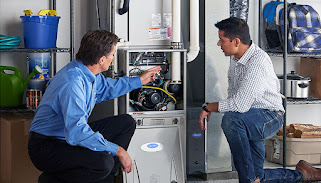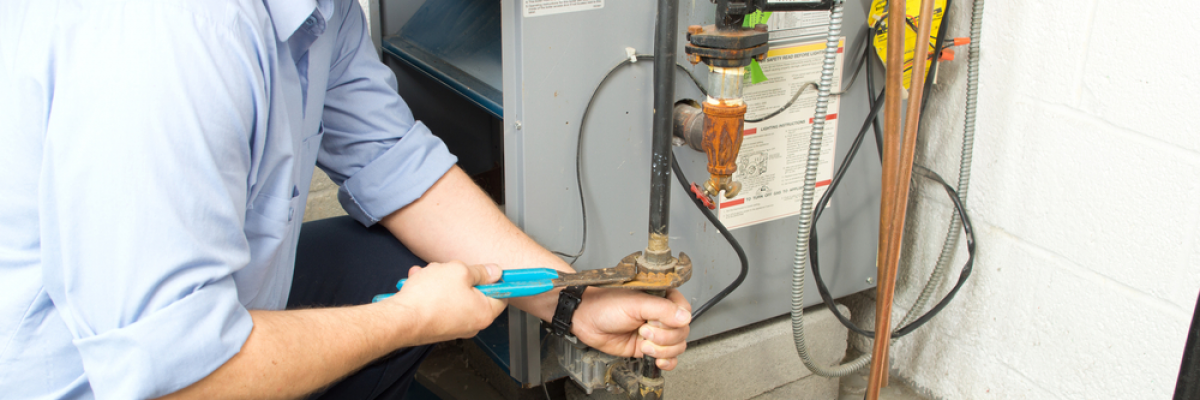Harnessing the Power of UV Light in HVAC Systems for Improved Air Quality
Introduction:
In the ever-evolving landscape of heating, ventilation, and air conditioning (HVAC) systems, innovation plays a pivotal role in enhancing efficiency and promoting healthier indoor environments. One such groundbreaking technology that has gained prominence in recent years is the utilization of UV Light. This article explores the transformative impact of UV Light on HVAC systems, specifically focusing on its role in air control heating and cooling.
Understanding UV Light in HVAC:
Ultraviolet (UV) light is a form of electromagnetic radiation with wavelengths shorter than those of visible light. Within the UV spectrum, UV light, in particular, has proven to be highly effective in combating airborne contaminants such as bacteria, viruses, and mold. When strategically integrated into HVAC systems, UV-light acts as a powerful disinfectant, neutralizing these microorganisms and contributing to a cleaner and healthier indoor environment.
Air Control and UV Light:
One of the primary challenges in HVAC systems is maintaining optimal air quality. Traditional air filtration methods can effectively capture larger particles, but smaller contaminants often escape these filters, leading to a compromised indoor air quality. UV-Light acts as a supplementary measure, targeting and destroying these smaller pathogens that evade conventional filtration.
UV Light installations in HVAC systems typically consist of UV-Light lamps positioned within the air handling unit or ductwork. As air circulates through these systems, the UV-light effectively disinfects the air, rendering harmful microorganisms inactive. This process not only improves the quality of indoor air but also contributes to a reduction in the transmission of airborne diseases.
Heating and Cooling Efficiency:
HVAC systems are not only responsible for maintaining indoor air quality but also for regulating temperatures efficiently. UV-Light plays a crucial role in enhancing the performance of these systems, particularly in preventing the growth of mold and other microbial contaminants on cooling coils and surfaces.
Cooling coils are susceptible to microbial growth due to the dark, damp environment they create. Over time, this can lead to reduced heat exchange efficiency and compromised cooling performance. By installing UV-Light lamps near the cooling coils, HVAC systems can inhibit the growth of mold and bacteria, ensuring that the coils remain clean and efficient.
Similarly, UV-Light can be used to disinfect and maintain cleanliness in air ducts and ventilation systems. This prevents the buildup of contaminants that could otherwise impact the efficiency of the entire HVAC system, leading to increased energy consumption and decreased performance.
Energy Efficiency and Sustainability:
In addition to its air quality benefits, UV Light contributes to the overall energy efficiency of HVAC systems. By preventing the accumulation of contaminants on critical components such as cooling coils and air ducts, UV-Light helps maintain the optimal performance of the system. This results in reduced energy consumption, lower maintenance costs, and an extended lifespan for HVAC equipment.
Furthermore, the integration of UV-Light aligns with the growing emphasis on sustainable and eco-friendly solutions in the HVAC industry. By minimizing the need for chemical disinfectants and promoting a cleaner, more efficient system, UV Light technology supports the industry's commitment to environmental responsibility.
Conclusion:
The incorporation of UV Light technology into HVAC systems represents a significant stride in the quest for improved air quality, energy efficiency, and sustainability. As the demand for healthier indoor environments continues to grow, the role of UV-Light in air control heating and cooling becomes increasingly vital. HVAC professionals and consumers alike are recognizing the transformative impact of UV light, not only in mitigating health risks but also in optimizing the performance of heating and cooling systems. Embracing this innovative technology is a crucial step towards achieving a harmonious balance between comfort, efficiency, and environmental consciousness in indoor spaces.




Comments
Post a Comment